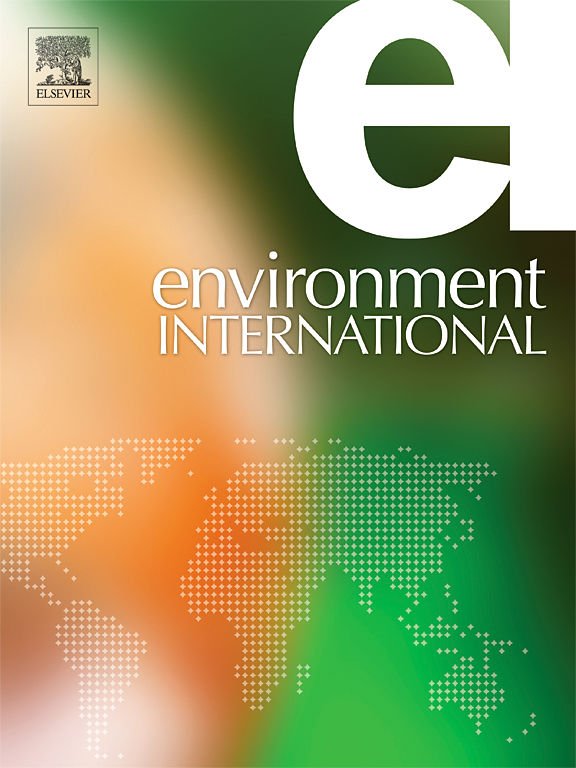
Comparative fate of CrAssphage with culturable and molecular fecal pollution indicators during activated sludge wastewater treatment
Abstract
Wastewater treatment plants are typically monitored using fecal indicator bacteria to ensure adequate microbial water quality of the treated effluent. Fecal indicator bacteria exhibit poor correlation with virus fate in the environment, including during wastewater treatment. Viral-based microbial source tracking methods have the potential to overcome this limitation. The recently discovered human gut bacteriophage crAssphage is a promising viral human fecal indicator. In this current study, primary influent, primary effluent, secondary effluent, and final effluent of a conventional activated sludge wastewater treatment plant were analyzed for a suite of fecal indicators to evaluate the suitability of crAssphage as a wastewater process indicator for virus removal. CrAssphage was the most abundant fecal indicator measured through the wastewater treatment process. Culturable and molecular bacterial fecal pollution indicators showed higher removal than viral fecal pollution indicators, including crAssphage, confirming the necessity of a viral-specific fecal monitoring target. CrAssphage was strongly correlated with adenovirus and polyomavirus molecular indicators through the wastewater treatment process. Literature comparison demonstrated site-specific removal of molecular fecal indicators during wastewater treatment highlighting the need for local performance validation. The high abundance of crAssphage and correlation with pathogenic viruses suggests the potential suitability of crAssphage as a viral fecal pollution process indicator during wastewater treatment.
Link:
https://www.sciencedirect.com/science/article/pii/S0160412019336943